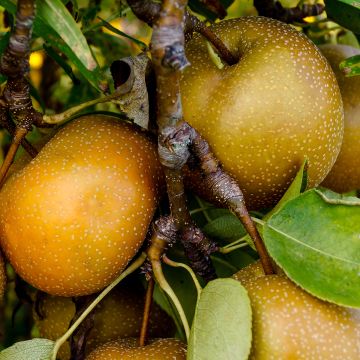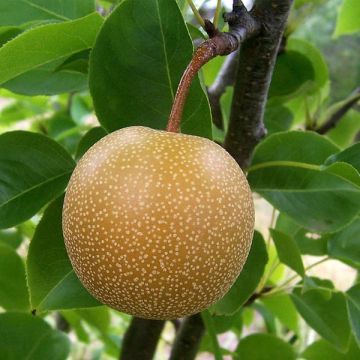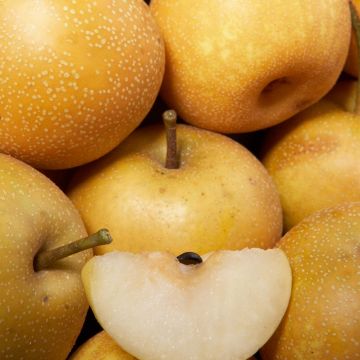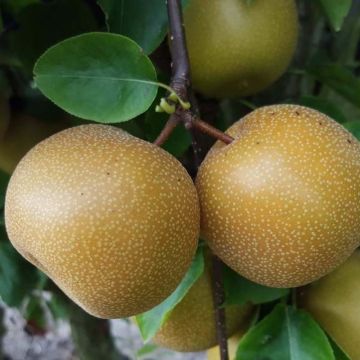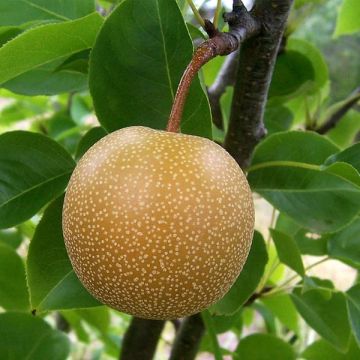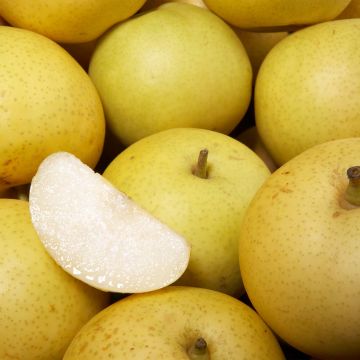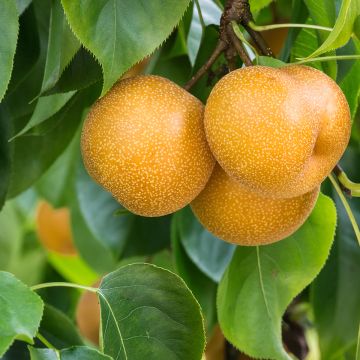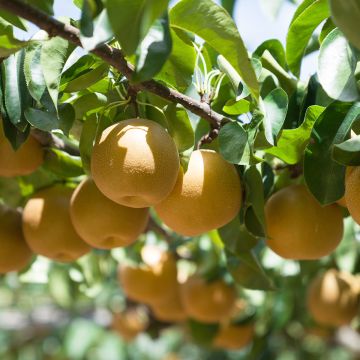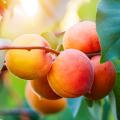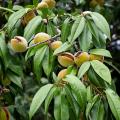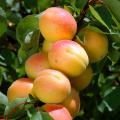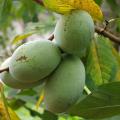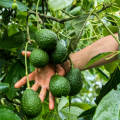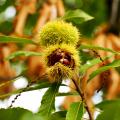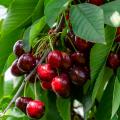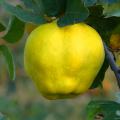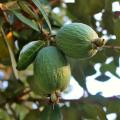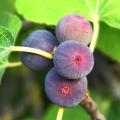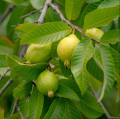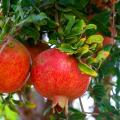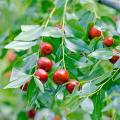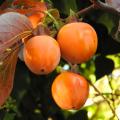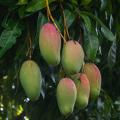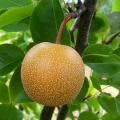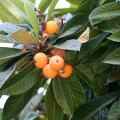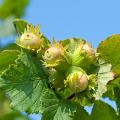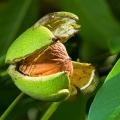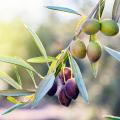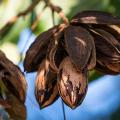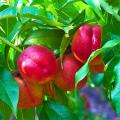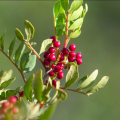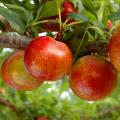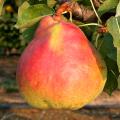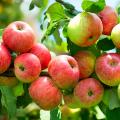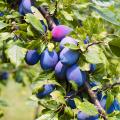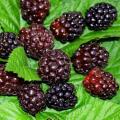Asian Pear trees
Does this plant fit my garden? Set up your Plantfit profile →
Available in 1 sizes
Available in 1 sizes
Available in 1 sizes
Available in 1 sizes
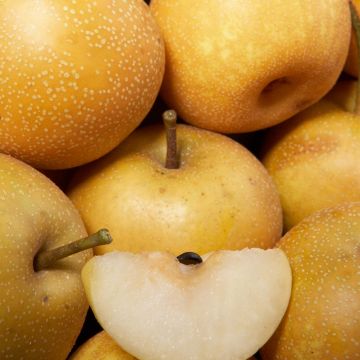
Available in 1 sizes
Available in 1 sizes

Available in 1 sizes
Available in 1 sizes
Available in 1 sizes
Available in 1 sizes
Nashis, also known as Japanese pears, apple-pears, sand pears, or Asian pears, are cultivars of pear trees derived from the botanical species Pyrus pyrifolia. A perfect compromise between the apple and the pear, the Nashi fruit combines the rounded shape of the former with the thin skin and flesh of the latter.
Originally cultivated in Asia, this exotic pear tree appeared in France and North America in the 1980s. It is a small, hardy fruit tree with deciduous leaves slightly larger than those of our pear trees. The April flowers, as is typical of the Roseceae family, have 5 petals of white-pink colour. After pollination the fruits, whose white flesh is crunchy, sweet, and juicy, are harvested between July and September depending on the varieties.
Nashis in general are not self-fertile: it is therefore necessary to plant a pear tree (William's for example) or another variety of nashi to obtain fruits.
Haven't found what you were looking for?







































